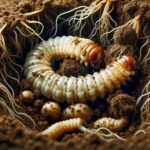In lawn management there are always factors that cannot be controlled regularly, such as water quality, excessive rainfall (or lack thereof, especially when there is no irrigation system), diseases that appear suddenly and a wide variety of pests that live by feeding on our grass.
One of those problems is the blind man’s blight. It is an insect, which goes through different stages as an egg, larva, pupa and adult, but it is in its larval state that it wreaks havoc on the lawn by feeding on its roots, and without roots, the plant weakens and it dies, causing the appearance of spots on the surface of the grass, which of course detracts from its aesthetic value, but also diminishes the coverage and can affect it completely.

The blind man’s larva can be for several months in the soil, eating organic matter and roots. Organic matter is the residue of plants and small organisms that die and remain in the soil, enriching it. This is the main source of food for the blind man’s larva, however, in agricultural or turf soils, organic matter is scarce. forcing the blind man’s larva to feed on roots of crops or garden plants.
When the larva completes its stage, it becomes a pupa, when the pupal stage ends, it transforms into a beetle, commonly known as “mayate”, since it comes out of the ground around the month of May (prior to the rainy season). it is common to see them flying at night in light sources such as lamps.
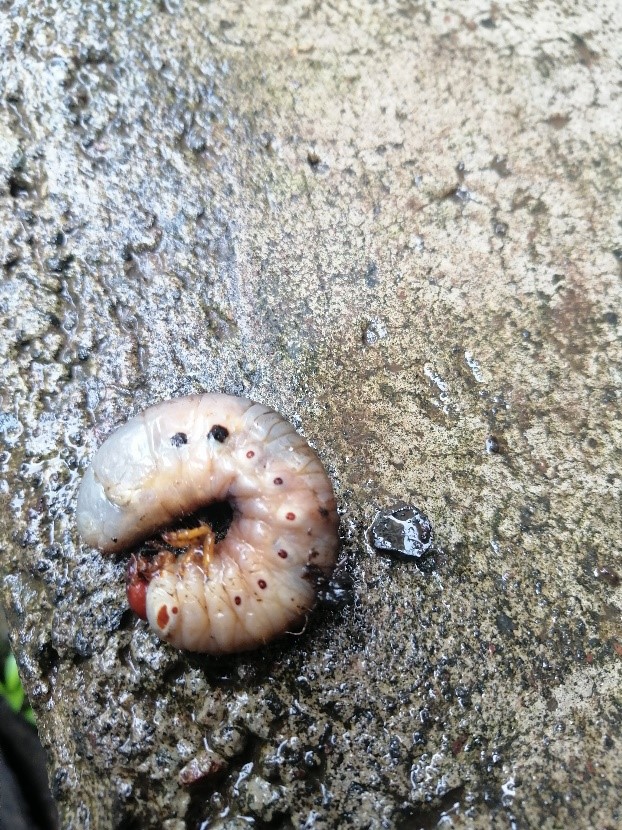
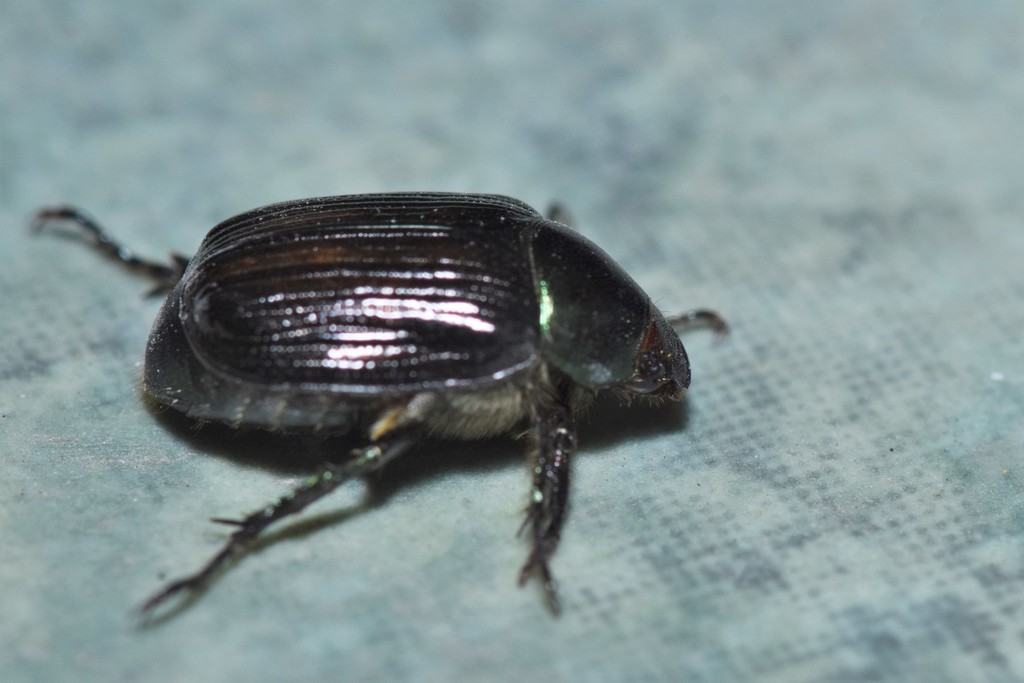
Grupo Fagro has developed a biological insecticide product based on propagules of the entomopathogenic fungi Beauveria bassiana, Metarhizium anisopliae and Isaria fumosorosea [Paecilomyces fumosoroseus], which controls different groups of insects such as blind man’s buff.
It acts by ingestion and by contact; In general, the spores of entomopathogenic fungi have the capacity to inoculate the digestive system of the insect, causing damage to the internal organs (various muscle tissues, fatty bodies, Malpighian tubes, mitochondria and hemocytes) and a severe metabolic imbalance. Finally, the death of the insect is caused after 3 to 15 days after the beginning of the infection.
It is applied in irrigation, at a rate of 10mL of product for each liter of water, with that water plus Biotech BMI, the grass must be treated, apply after normal irrigation, to allow moisture to move the product to the depths where the larva is found, make a minimum of 4 applications every 15 days.
Derived from the applications of the product, the progress of the problem of patches will be stopped, to recover the coverage of the grass, complement by applying Proroot and GreenTop.
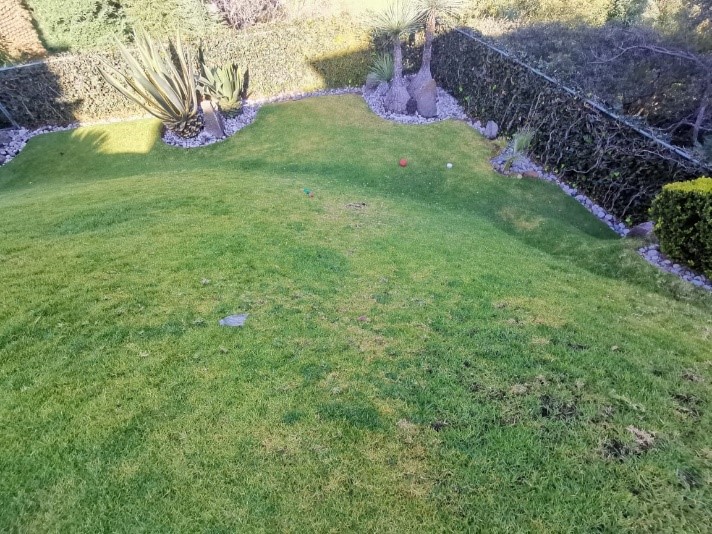 | 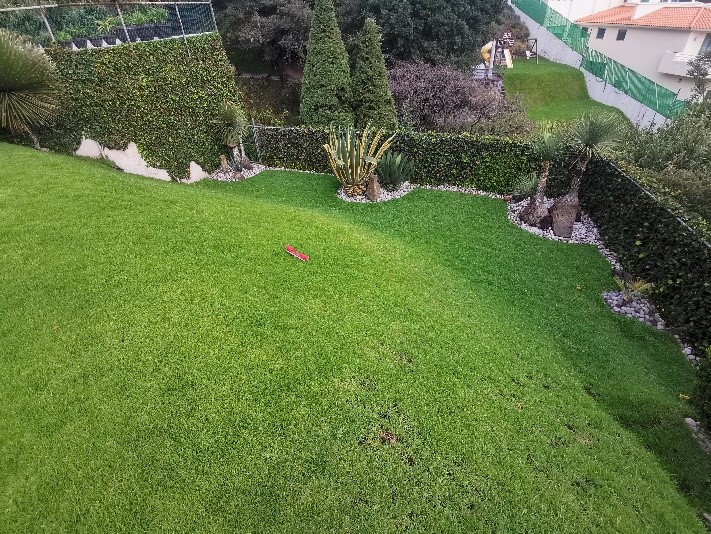 |
| Image 4. Appearance of grass with damage by blind hen before application. | Image 5. Same area of the lawn after the application of Biotech BMI. |
 AgronoBlog – Agriculture Blog
AgronoBlog – Agriculture Blog 

